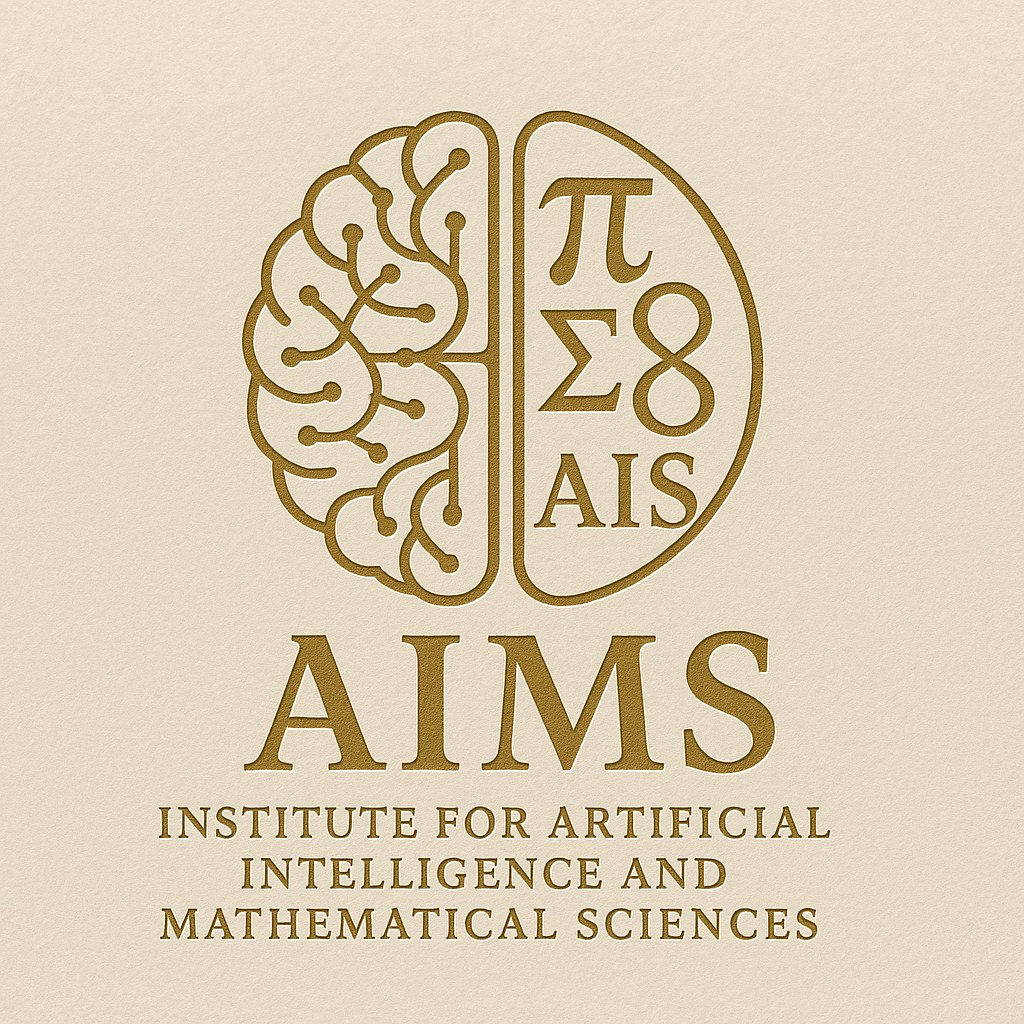📘 Internalizing Tools as Morphisms in Graded Transformers
📜 Abstract
We introduce a graded formulation of internal symbolic computation for transformers. The hidden space is endowed with a grading $V=\bigoplus_{g\in G}V_g$, and symbolic operations are realized as typed block maps (morphisms) $\phi_{h\leftarrow g}:V_g\to V_h$ that are activated selectively by a differentiable routing policy. A self-supervised \emph{graded utility functional}—defined as the loss reduction induced by a candidate morphism—governs activation and yields sparse, interpretable behavior. We develop the algebraic and geometric foundations: an internal model category whose objects are homogeneous components and whose morphisms are admissible grade transitions; adjoint pairs encoding typed round trips; and information-geometric interpretations in terms of KL gain, mirror descent with Bregman divergences, and Fisher natural gradients. Methodologically, we specify a utility-aware routing mechanism and objective that remain fully end-to-end differentiable. Analytic case studies and lightweight sanity checks illustrate selective morphic activation on hybrid symbolic–linguistic tasks. The framework unifies symbolic computation, geometry, and self-supervised learning within the \emph{graded transformer} formalism \cite{shaska2025gnn,shaska2025graded}, while subsuming prior external-tool paradigms (e.g., Toolformer \cite{toolformer2023}) as a special case via functorial internalization.
Keywords: keyword1; keyword2; keyword3
📝 Bibliographic Metadata
Author: T. Shaska
Journal:
Year: 2025
DOI: 10.xxxx/xxxx-xxxx
Id: paper-111
Status: in progress
🔗 Links and Resources
PDF: https://www.risat.org/pdf/paper-111.pdf
ArXiv:
Data:
Code:
📋 Citation Information
BibTeX:
@article{[AIM SID],
title = {FULL TITLE OF THE PAPER},
author = {Author One and Author Two},
journal = {Journal Name},
volume = {Volume Number},
number = {Issue Number},
pages = {Page Range},
year = {YYYY},
doi = {10.xxxx/xxxx-xxxx},
eprint = {arXiv:XXXX.XXXXX},
eprinttype = {arxiv}
}
